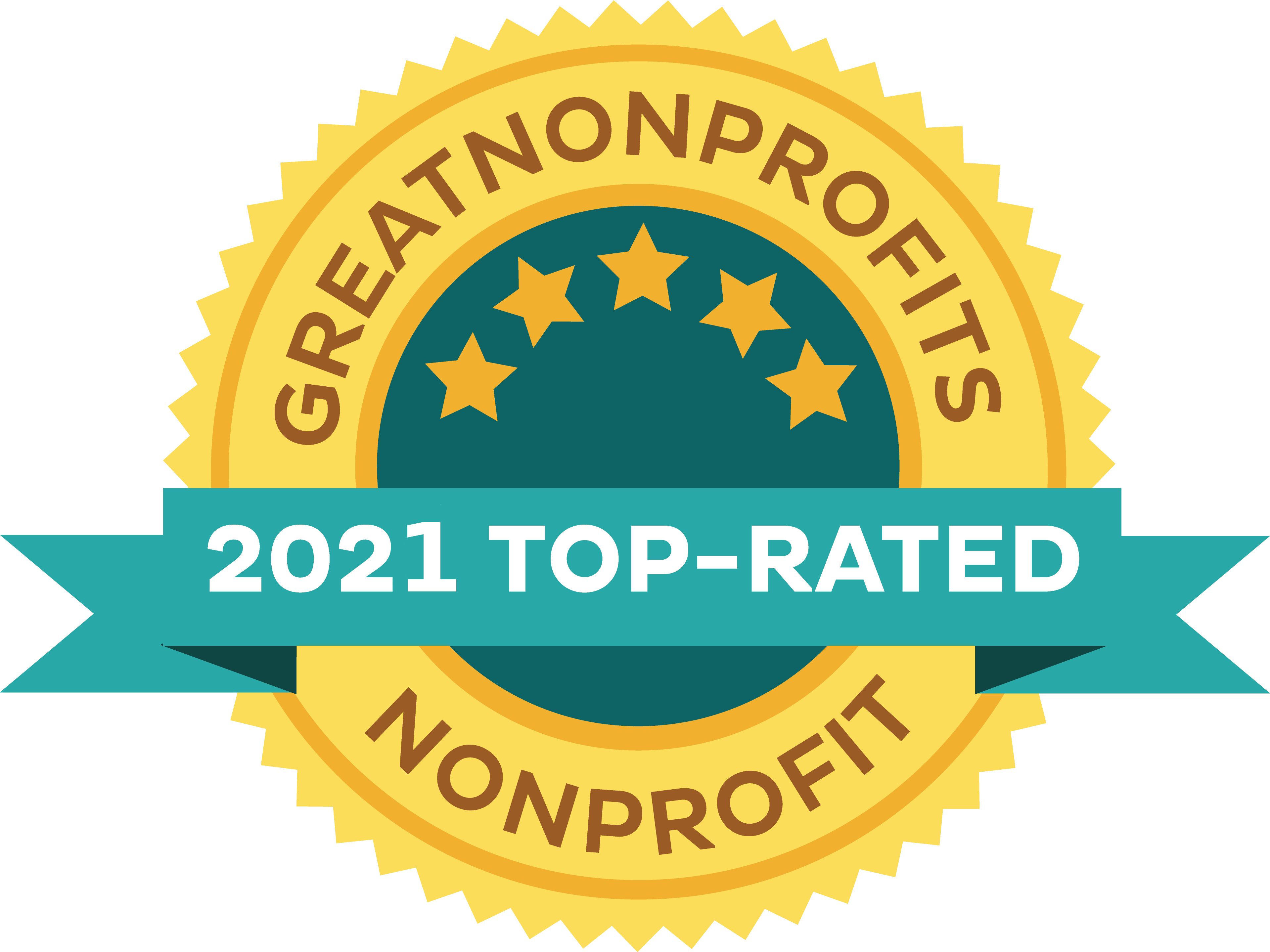Educating the next generation is part of the core mission of the Institute. Over the past years, the Institute has received an increasing number of students and young researchers coming from the United States, locally (George Washington and Georgetown University), nationally (Brown University, Texas A&M, Emory University, Bastyr University and the University of Richmond), and internationally from Canada (University of Victoria) and as far as Greece, Italy, Germany, Belgium, and Turkey. After a stay varying from 2 to 10 weeks—and also during 2 or more consecutive academic years—most students have enrolled in a Master or a PhD program in a great variety of fields: Ethnobotany, Anthropology, Religious Studies, History of Medicine, Classics, Classical Archaeology including Archaebotany, or Museum Studies.
At the same time, the Institute has gradually developed a teaching activity which evolved from an extra-mural experimental formula to an in-house curriculum. As early as 2009, Alain Touwaide taught a 2-month course in history of medicine in the Medieval Studies Program at the University of Victoria, followed in 2011 by a one-month teaching on history of diseases in the Program on Social Determinants of Health at the same university. In 2010, he led a one-week intensive workshop on medical traditions at the University of Messina (Italy). Select students have received financial support from their university to engage into an individual research program at the Institute under Touwaide's supervision during the Summer 2010, taking advantage of the library and documentary resources available at the Institute.
During the academic year 2011–12, researchers of the Institute delivered a set of lectures and classes in the Herbal Medicine program of Bastyr University (in Kenmore, WA) and taught an in-house graduate research seminar in Tradition Studies. Last Summer, they organized a 10-week internship program (at the Smithsonian Institution) attended by 6 students coming from Complementary and Alternative Medicine, Anthropology, and Classics.
Teaching and research stays have already yielded concrete results: one of our Interns published her program in the Journal of the Washington Academy of Sciences, another, who worked on a revision of her PhD thesis at the Institute, had her book published earlier this year, and another Intern published the results of his research at the Institute as an article in an international journal devoted to the history of science and technique. The Institute, on its side, has started compiling a textbook for the study of medical traditions which will be the first of its kind and will contribute to set standards for this emerging field.
Building on these successful initiatives, the Institute feels that the time has come to move from occasional offerings to a more permanent curriculum in Medical Traditions. Having a more substantial and long-term relationship with a degree-granting institution will be key. Such affiliation will not only guarantee the continuity for students, from the undergraduate to the PhD level, but also make the Historia Plantarum collection and other archival resources of the Institute directly accessible in loco to the students enrolled in the program.
We are exploring to identify the most suitable environment, a fertile terrain for the Institute to grow further, to fulfill its educational mission, and to deliver the contribution to the world of learning it has been preparing for years. We expect to create a synergy with--and contribute to--an existing program, to develop it and expand it with the original approach of the Institute. A cross-disciplinary environment will allow for cross-pollination and will attract students from a vast array of scientific origins who will learn about medical traditions, and enrich the field with fresh energy, new ideas, new approaches. And who will be the next generation of scholars and scientists. We want to hear from you to identify the best location for the Institute. Do let us know your thoughts.


